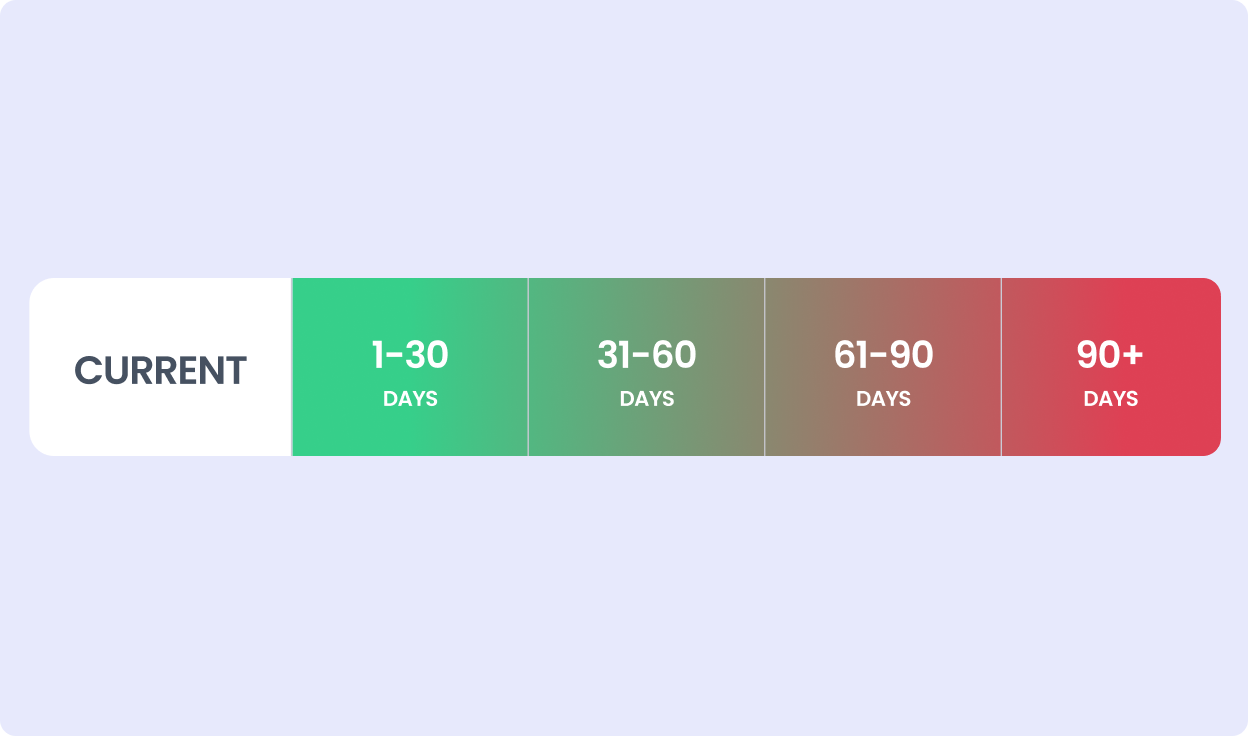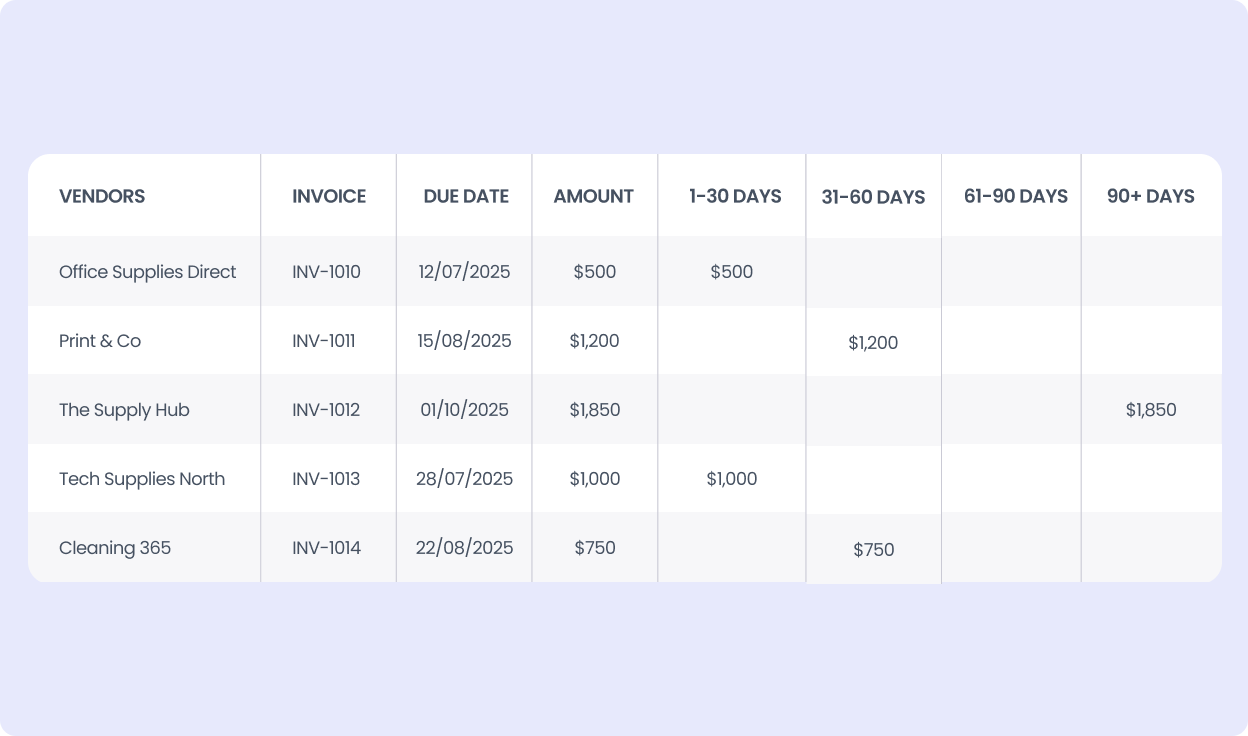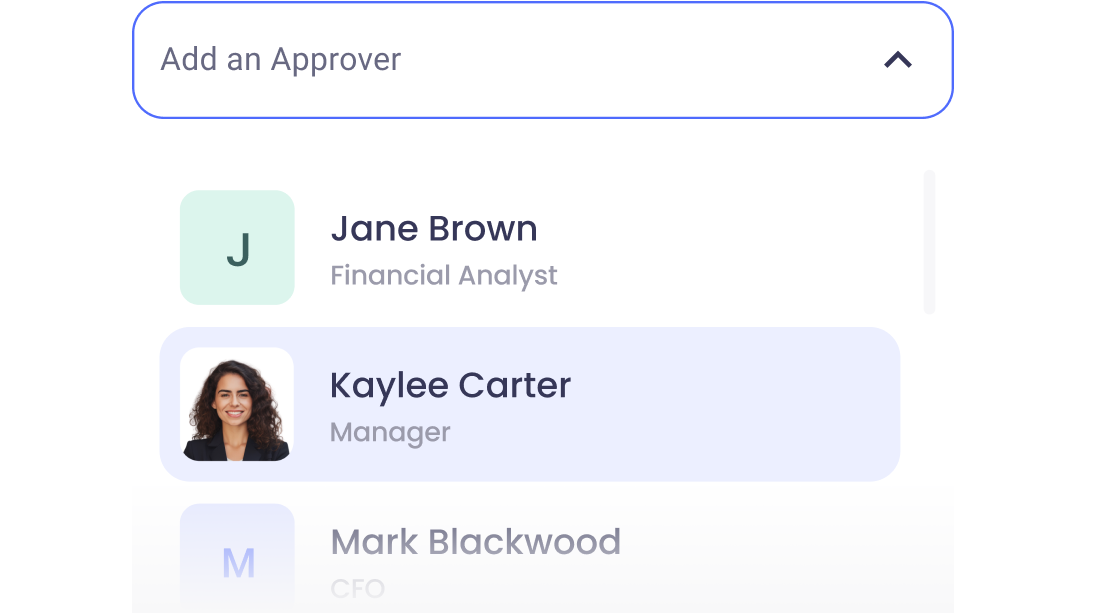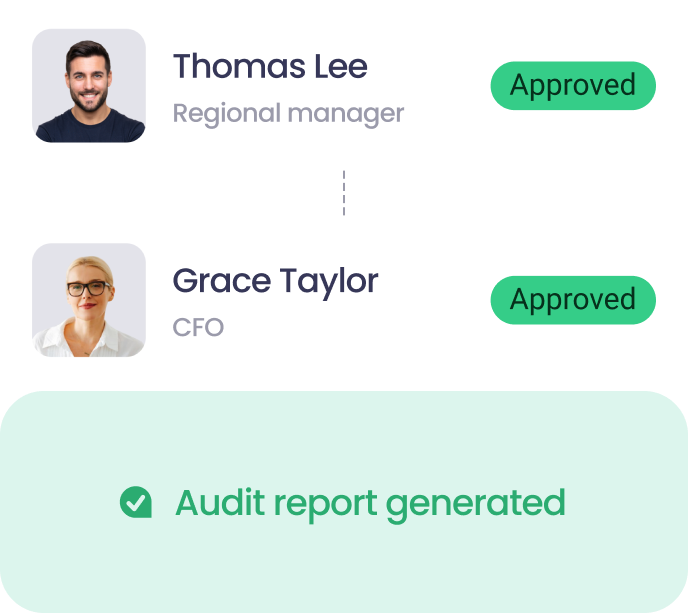
Accounts payable aging reports: A complete guide with examples
- What is an AP aging report?
- Why is AP aging important?
- What are the benefits of AP aging reports?
- Who uses an AP aging report?
- What’s included in an AP aging report?
- Example AP aging report
- How to prepare an AP aging report
- How to act on AP aging report insights
- How to run AP aging reports in top software
- How automation helps with AP aging reports

Understanding who you owe, how much and when payment is due is essential to maintain healthy cash flow. In this guide, we’ll walk through everything you need to know about accounts payable aging reports, including:
- What an aging report is and why it matters
- How to prepare one
- An example accounts payable aging report
- How to put the report to good use
What is an accounts payable aging report?
An accounts payable aging report is a financial document that shows unpaid supplier invoices, organised by how long they’ve been outstanding.
It breaks down liabilities into time frames, so finance teams can quickly see which bills need their attention.
Why is accounts payable aging important?
An accounts payable aging report is a simple but powerful way to keep on top of payments. It’s crucial for managing cash flow, maintaining vendor relationships, and preparing for audits.
This report helps businesses avoid late payment fees and plan for payments based on due dates and available cash. Without it, teams are more likely to miss deadlines, pay too early or too late and lose sight of their liabilities.
What are the benefits of AP aging reports?
Aging reports offer more benefits than just tracking due dates. They can also help with:
Who uses an accounts payable aging report?
AP aging reports are primarily used by accountants, bookkeepers, finance managers and CFOs. Business owners may also use the report to understand their company’s outstanding liabilities.
- For large companies, aging reports can support cash flow forecasting and supplier negotiations.
- For smaller teams, an aging report helps prioritise which payments to make and when.
What’s included in an accounts payable aging report?
Aging reports include key details about each unpaid invoice, such as:
- Vendor name
- Invoice number
- Invoice date
- Due date
- Total amount owed
- Amount outstanding
- Aging periods (or buckets) by days. For example: current, 1-30 days, 31-60 days etc.
AP aging reports may also include notes on:
- Unpaid invoices: Bills that have been issued but not yet settled
- Credit memos: Reductions applied to a vendor’s balance.
- Partial payments: Payments made that don’t cover the full invoice amount

Here’s an example of an AP aging report
We’ve put together a sample report below to help you understand what your aging report might look like. The example shows how the report splits liabilities into aging buckets, highlighting overdue payments across a time period in a glance.

How to prepare an AP aging report
Now that we know what an AP aging report should look like, let’s explore how to prepare one.
You can generate an accounts payable aging report in just a few clicks thanks to accounting software like Xero and QuickBooks.
If you’d prefer to create one manually, here are a few simple steps to follow:
- Review the example report above for reference
- List all unpaid supplier invoices
- Include vendor, invoice number, date, due date and balance
- Calculate how many days overdue each invoice is
- Group the balances into aging period
- Complete the totals for each period
Using your report to make smarter decisions
Creating an aging report is straightforward but using it effectively can make all the difference.
Use your AP aging report to spot which invoices are overdue and deal with them first. This helps to avoid late fees and keep suppliers happy. If a lot of invoices are sitting in the 60+ or 90+ day columns, it could mean there are issues with your internal processes. This could include delays in approval, missing information or even cash flow problems.
The report can also highlight which suppliers you need to communicate with regularly or where it might make sense to renegotiate payment terms. Checking these patterns often means you can fix small problems before they turn into bigger issues.
Here are the best practices to follow and get the most out of your report:
- Days payable outstanding (DPO
- Late payment rate
- Payment error rate
- Invoices processed per employee
How to run an AP aging report in Xero, QuickBooks and other accounting software
Accounting software like Xero and QuickBooks has a built-in report feature. Here’s how to find it:
- Xero: Reports > Aged Payables
- QuickBooks: Reports > A/P Aging Summary or Detail
- NetSuite: Reports > Vendors > A/P Aging
You can usually customise time buckets, date ranges and export to Excel or PDF.
Here are some helpful links on how to run an AP aging report in your accounting software.
-
Instructions for QuickBooks Online customers: https://quickbooks.intuit.com/learn-support/en-us/reports-and-accounting/ap-aging-reports/00/792518
-
Instructions for NetSuite customers: https://docs.oracle.com/en/cloud/saas/netsuite/ns-online-help/section_N1529840.html
-
Instructions for Xero customers: https://central.xero.com/s/article/Aged-Payables-Detail-report-New
-
Instructions for Microsoft Business Dynamics customers: https://learn.microsoft.com/en-us/dynamics365/business-central/reports/report-322
How automation helps with accounts payable aging reports
You can go one step further if you use AP automation software like ApprovalMax.
ApprovalMax not only pulls real-time data from your accounting system, but it also automates the workflows behind it. You can:
- Streamline invoice approvals
- Prevent late payments
- Gain real-time visibility into AP data
This means your aging report is always accurate, up to date and actionable – without the manual upkeep.
FAQs
What’s the difference between aged payables report vs accounts receivable aging report?
Both reports use the same structure but focus on different parts of your cash flow.
- Aged payables show what you owe to suppliers (outgoing payments)
- Aged receivables show what customers owe to you (incoming payments)
Together, they provide a complete picture of your working capital and cash flow. Finance teams can use them to compare what’s coming in and out in order to make better-informed financial decisions.
What is the aging schedule for accounts payable?
It’s a categorisation of unpaid invoices by how many days they’ve been overdue. It often includes the following payment periods, also known as payment buckets:
- Current
- 1-30 days
- 31-60 days
- 61-90 days
- 90+ days
How often should an accounts payable aging report be reviewed?
Weekly or fortnightly reviews are recommended, especially for teams managing high volumes or a strict cash flow.
Why is the AP aging report important for auditing?
An aging report provides a snapshot of liabilities at a given time. This makes it easier to validate payables and trace any discrepancies, so you’re always audit-ready.
What is the difference between the AP trial balance and the AP aging report?
A trial balance lists total AP balances by account, while an aging report breaks them down by due date.
Can AP aging reports help prevent fraud?
Absolutely. They can highlight unusual delays or discrepancies that may indicate fraud or internal control issues.
What are the most common issues found in an AP aging report?
Common problems include:
- Duplicate or missing invoices
- Outdated vendor records
- Missed credit memos
- Invoices stuck in approval
These issues can lead to late payments, strained supplier relationships and inaccurate reporting.
Ready to Simplify Your Approval Process?
Justin Campbell, an experienced accountant with a decade at Xero, blends his deep understanding of finance and technology to simplify processes. He uses his expertise to help businesses work smarter, bringing precision and innovation to every initiative.
Set up a system of checks and balances for your financial operations.
Multi-step, multi-role approval workflows for financial documents.

Auto-generated audit reports for each approved item.

Get alerts for fraudulent activity and protect against it happening.
Leave printing in the past with fully digitised workflows.

.jpeg?width=350&height=222&name=photoplaceholde%20(2).jpeg)

